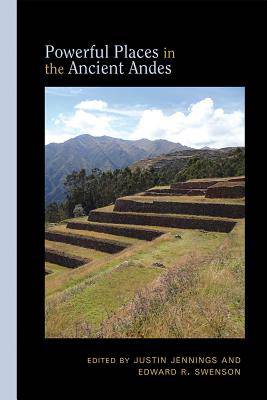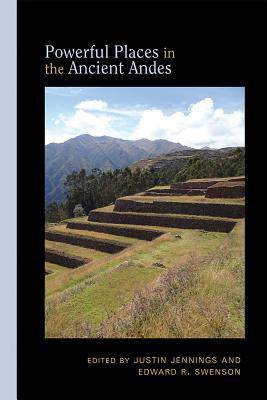
- Retrait gratuit dans votre magasin Club
- 7.000.000 titres dans notre catalogue
- Payer en toute sécurité
- Toujours un magasin près de chez vous
- Retrait gratuit dans votre magasin Club
- 7.000.000 titres dans notre catalogue
- Payer en toute sécurité
- Toujours un magasin près de chez vous
Powerful Places in the Ancient Andes
144,45 €
+ 288 points
Description
Andean peoples recognize places as neither sacred nor profane, but rather in terms of the power they emanate and the identities they materialize and reproduce. This book argues that a careful consideration of Andean conceptions of powerful places is critical not only to understanding Andean political and religious history but to rethinking sociological theories on landscapes more generally. The contributors evaluate ethnographic and ethnohistoric analogies against the material record to illuminate the ways landscapes were experienced and politicized over the last three thousand years.
Spécifications
Parties prenantes
- Editeur:
Contenu
- Nombre de pages :
- 456
- Langue:
- Anglais
- Collection :
Caractéristiques
- EAN:
- 9780826359940
- Date de parution :
- 15-11-18
- Format:
- Livre relié
- Format numérique:
- Genaaid
- Dimensions :
- 160 mm x 231 mm
- Poids :
- 793 g






